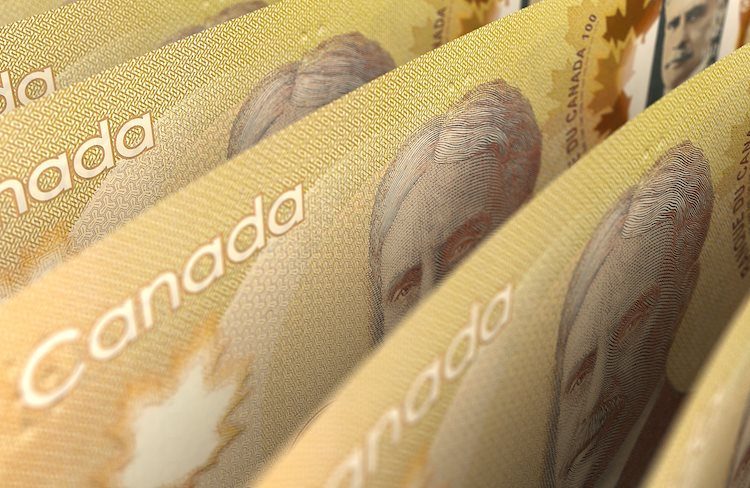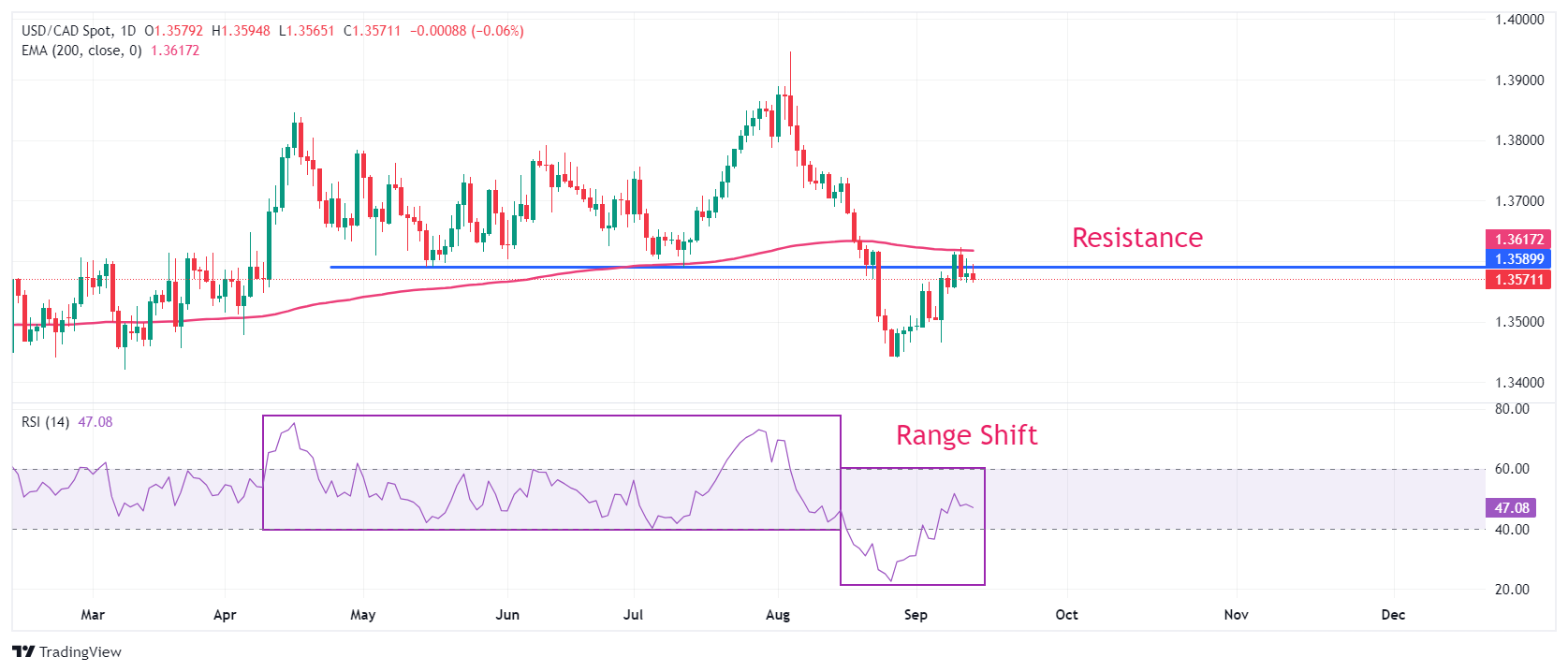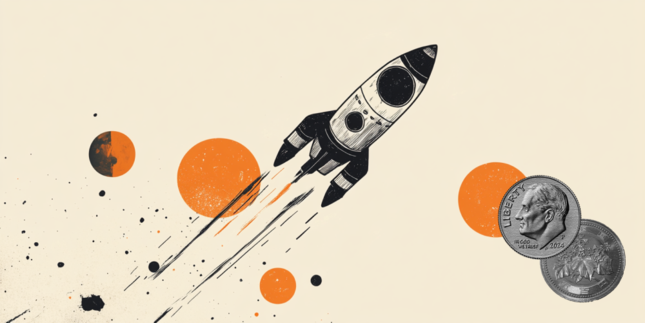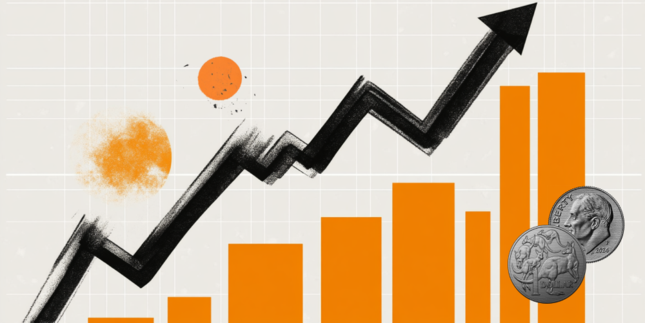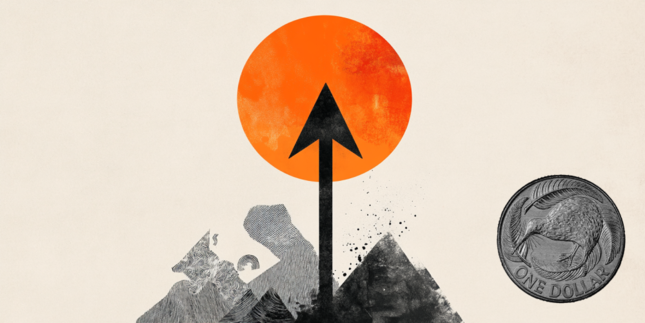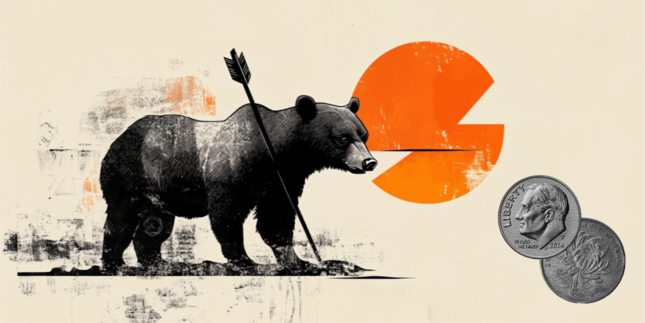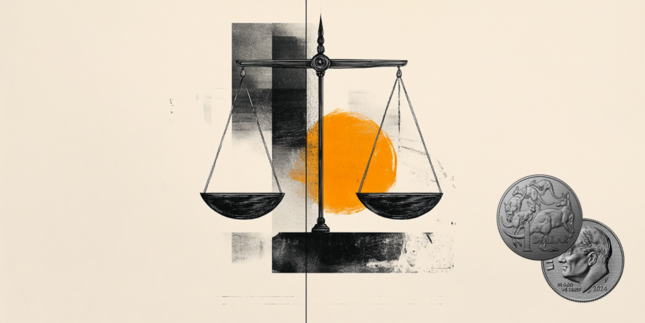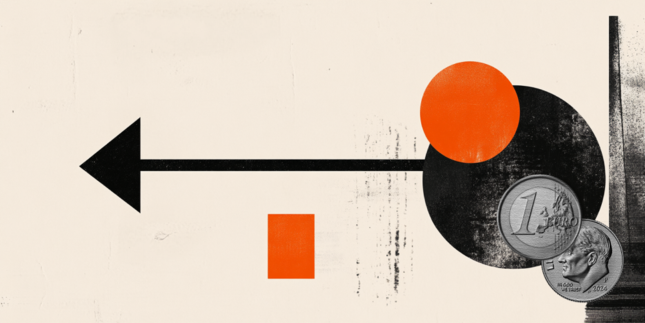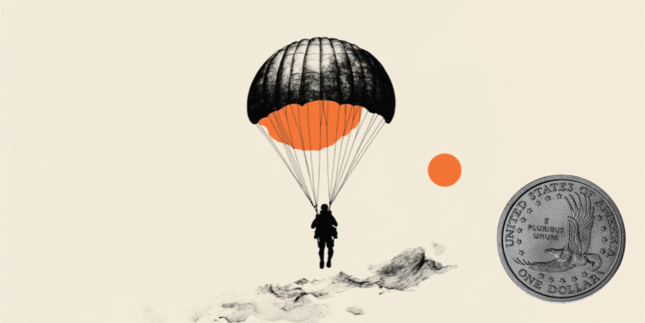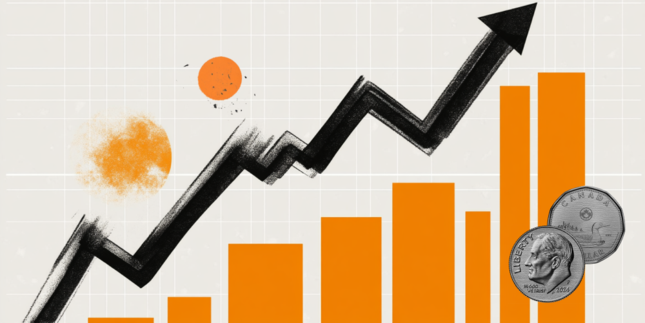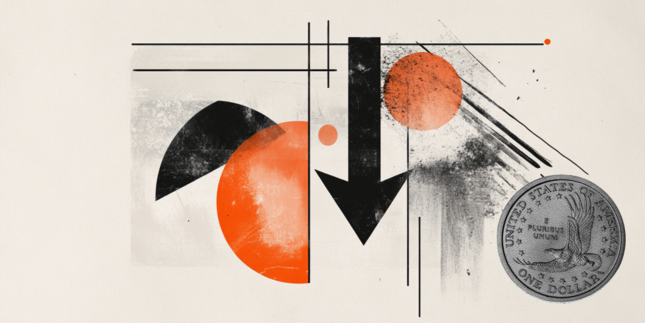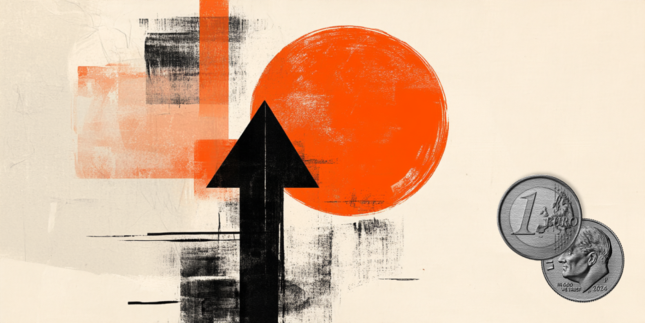USD/CAD Price Forecast: 1.3600 remains key resistance for US Dollar bulls
- USD/CAD stays sideways below 1.3600 with the Fed policy taking center stage.
- Traders remain divided over Fed potential rate cut size.
- Firm speculation for BoC aggressive policy-easing cycle weighs on the Canadian Dollar.
The USD/CAD pair trades in a tight range below the round-level resistance of 1.3600 in Friday’s North American session. The Loonie asset struggles for direction with investors focusing on the Federal Reserve’s (Fed) monetary policy meeting, which is scheduled for Wednesday.
The Fed is almost certain to start reducing interest rates in Wednesday’s meeting as officials are worried about deteriorating labor market conditions, with growing confidence that inflationary pressures will sustainably return to the bank’s target of 2%.
Meanwhile, traders remain split over the Fed's likely interest rate cut size. The CME FedWatch tool shows that the probability of the Fed reducing interest rates by 50 basis points (bps) to 4.75%-5.00% in September has increased sharply to 45% from 28% a day ago.
On the data front, the University of Michigan (UoM) has reported higher-than-expected preliminary Consumer Sentiment Index (CSI) data for September. The sentiment data rose to 69.0 from expectations of remaining almost steady at 68.0.
In the Canadian region, a decent recovery in the Oil price fails to uplift the Canadian Dollar (CAD). The currency remains weak as the Bank of Canada’s (BoC) policy-easing cycle is expected to be more aggressive than other central bankers from G7 nations. The BoC has already slashed its key borrowing rates by 75 bps and is expected to cut them further in the remainder of the year.
USD/CAD delivers a mean reversion to near the 200-day Exponential Moving Average (EMA), which trades around 1.3620. The near-term outlook of the pair appears to be bearish as the 14-day Relative Strength Index (RSI) has shifted into the bearish range of 20.00-60.00 from 40.00-80.00.
The horizontal resistance plotted from May 15 low of 1.3590 continues to act as a major barricade for the US Dollar bulls.
An upside recovery above August 21 high of 1.3626 would drive the asset towards 19 August high of 1.3687 and August 15 high of 1.3738.
On the flip side, further correction below April 5 low of 1.3540 will drag the asset towards the psychological support of 1.3500, followed by September 6 low of 1.3466.
USD/CAD daily chart
Economic Indicator
Fed Interest Rate Decision
The Federal Reserve (Fed) deliberates on monetary policy and makes a decision on interest rates at eight pre-scheduled meetings per year. It has two mandates: to keep inflation at 2%, and to maintain full employment. Its main tool for achieving this is by setting interest rates – both at which it lends to banks and banks lend to each other. If it decides to hike rates, the US Dollar (USD) tends to strengthen as it attracts more foreign capital inflows. If it cuts rates, it tends to weaken the USD as capital drains out to countries offering higher returns. If rates are left unchanged, attention turns to the tone of the Federal Open Market Committee (FOMC) statement, and whether it is hawkish (expectant of higher future interest rates), or dovish (expectant of lower future rates).
Read more.Next release: Wed Sep 18, 2024 18:00
Frequency: Irregular
Consensus: 5.25%
Previous: 5.5%
Source: Federal Reserve
Forex News
Keep up with the financial markets, know what's happening and what is affecting the markets with our latest market updates. Analyze market movers, trends and build your trading strategies accordingly.
